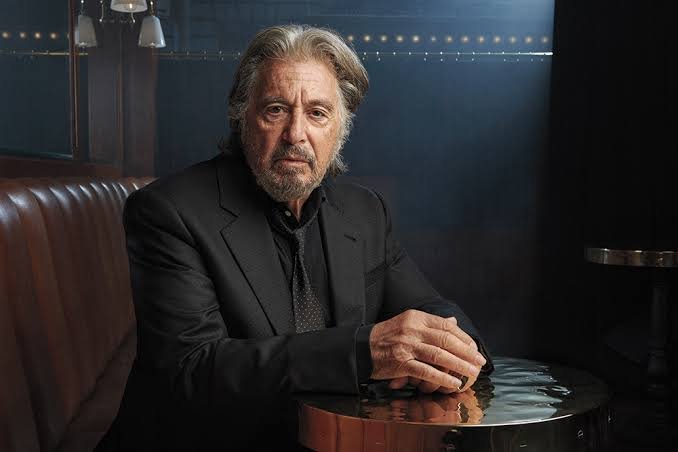
From‘Serpico’ to ‘The Irishman’: How Al Pacino Preps for a Role
Al Pacino’s iconic presence in cinema is defined by his meticulous preparation for roles, a process that has evolved but consistently showcased his dedication to the craft. From his breakthrough performance in “Serpico” to his nuanced portrayal in “The Irishman,” Pacino’s approach to character preparation offers a fascinating glimpse into the mind of one of Hollywood’s greatest actors.
**Immersive Research and Understanding the Character**
Pacino’s preparation begins with extensive research. For “Serpico,” the 1973 film where he played whistleblower cop Frank Serpico, Pacino spent considerable time with the real Frank Serpico. He studied Serpico’s mannerisms, speech patterns, and personal philosophy. This hands-on research allowed Pacino to deliver a performance that was both authentic and deeply empathetic.
Similarly, for his role as labor union leader Jimmy Hoffa in Martin Scorsese’s “The Irishman” (2019), Pacino delved into the history and intricacies of Hoffa’s life. He read books, watched documentaries, and interviewed people who knew Hoffa. This thorough understanding of the character’s background and motivations enabled Pacino to embody Hoffa’s larger-than-life persona.
**Physical and Psychological Transformation**
Pacino is known for physically transforming himself to suit his roles. For “Serpico,” he grew a beard, adopted a bohemian look, and wore clothes that reflected Serpico’s nonconformist attitude. His physical appearance in “The Irishman” was aided by cutting-edge de-aging technology, but Pacino’s commitment went beyond mere visual effects. He worked on his posture, gestures, and vocal inflections to accurately reflect Hoffa’s unique personality traits.
Psychological transformation is another cornerstone of Pacino’s preparation. He often immerses himself in the emotional and mental states of his characters. For instance, to portray the complex and morally ambiguous Michael Corleone in “The Godfather” trilogy, Pacino explored themes of power, loyalty, and betrayal, delving into Michael’s psyche to portray his evolution from a reluctant family member to a ruthless mafia boss.
**Collaboration with Directors and Co-Stars**
Pacino places significant emphasis on collaboration with directors and co-stars. He values the insights and feedback from directors, believing that a strong director-actor relationship is crucial for a compelling performance. Working with luminaries like Francis Ford Coppola, Sidney Lumet, and Martin Scorsese, Pacino has honed his ability to adapt and refine his performances based on directorial vision and collaborative dynamics.
Rehearsals with co-stars also play a pivotal role in Pacino’s preparation. He engages in detailed script readings and character explorations with his fellow actors. This collaborative process helps in creating authentic on-screen chemistry and enhances the overall narrative. In “The Irishman,” his interactions with Robert De Niro and Joe Pesci were instrumental in crafting the film’s compelling dynamic.
**Continuous Learning and Adaptation**
Despite decades in the industry, Pacino’s approach to acting remains dynamic. He continuously seeks to learn and adapt, embracing new techniques and technologies. His openness to evolving methods, combined with his foundational principles of deep research, physical and psychological transformation, and collaborative engagement, underscores his enduring success.
Al Pacino’s preparation for roles is a testament to his dedication, passion, and artistry. From “Serpico” to “The Irishman,” his meticulous process and unwavering commitment have solidified his status as a legendary figure in cinema, inspiring generations of actors and enthralling audiences worldwide.


